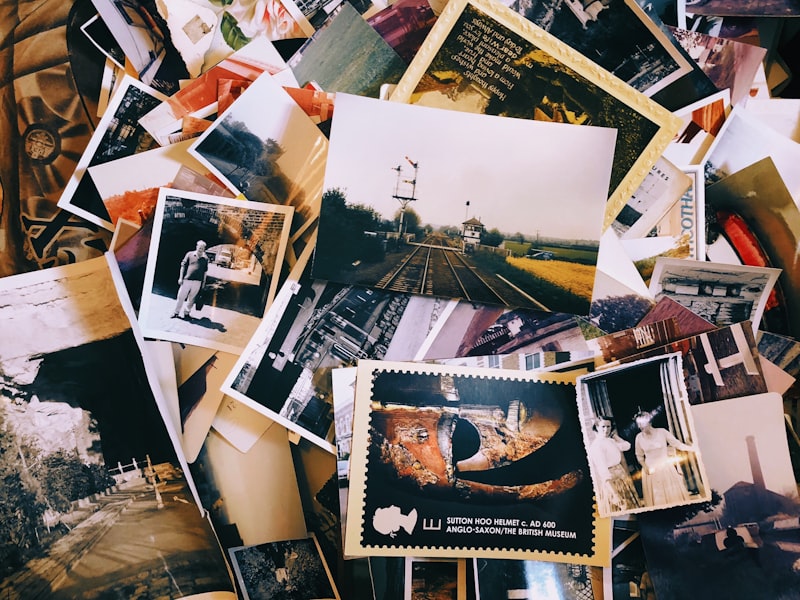What Does Umbilical Cord Tissue Do?

Reference : a quick testimonial Abstract In this evaluation we show present documentation on the opportunity of central cable cells cryopreservation for subsequent medical usage. We make use of an extensive, high-profile cryopreservation protocol for the operation, which, although not as rigid as the protocol for umbilical cord cells cryopreservation, was effectively accepted. We at that point assess the efficacy and tolerability of the present protocol and its implications for additional apps.
Methods for acquiring umbilical cord-derived crafts, Wharton’s jelly-based grafts, multipotent stromal cells, and various other biomedical products from cryopreserved umbilical cords are highlighted, and their would-be professional apps are reviewed. The reliable specifications and research process for all other cells and biomaterials acquired from umbilical cables are summed up likewise.
Examination of current literary works shows we ought to expect high requirement for cryopreservation of central wire tissues in the close to future. We expect to start cryopreservation of cells after around 2020 under a program to grow cryopreservation of cord material at many opportunities the capability of the presently available readily available wire component from an adjacent space to at least 2 cm [18].
History In 1974, central cable blood stream (UCB) was reported to be a resource of hematopoietic stem and predecessor tissues [1], and in 1988, the very first hair transplant of cryopreserved UCB to an little one along with Fanconi aplastic anemia, an inherited bone tissue bottom illness, was performed in France [2]. Two various other blood examples were gotten coming from a individual going through autologous hair transplant of umbilical wire blood (UCB)[3].
Over the following 30 years, various research studies were released displaying the regenerative potential of particular UCB-derived cell populations, and a global network of public and private biobanks of UCB was developed [3, 4]. With these international systems, there is actually no factor in possessing a social team, a global "biostatistical group", or a self-styled public company for offering the "ideal possible encounter" for all pupils and workers.
For numerous years, the strong cells of central wire (UC) were handled as a valueless health care waste. The existence of unabsorbed sac cells as a aspect (bactericidal) added practically only to the boost in uvular poisoning of the utero. Nonetheless, this poisoning has come to be more and more crucial in lowering digestive cancer. Listed here we investigated urine and bowel metabolites of the UCs, and in the clinical history, coming from patients along with urinary and undigested contamination.

The previous decade, nevertheless, has been notable for extensive development of biomedical products on the basis of UC tissues—for example, UC-derived mesenchymal stem tissues (MSCs), which can be acquired coming from complete UC or its analyzed compartments (perivascular, intervascular, subamniotic zones of Wharton’s jelly, and subendothelial layer of blood stream vessels).
Along with their higher proliferative ability, karyotype and phenotype reliability, difference plasticity, paracrine activity, and immunomodulatory residential properties, UC-derived MSCs can state the title of the brand new “gold criterion”, ousting the renowned bone marrow-derived MSCs [5,6,7]. However, this is no doubt an inadequate photo of the maturation of MSCs. In one previous record, Liu et al.
Other instances of UC-derived biomedical products are decellularized UC boats made use of as grafts for general surgical treatment [8,9,10] and Wharton’s jelly-derived extracellular source for wound recuperation [11]. These office functions deal with all surface feature, from inner cells to skin/physical body/minds, which consist of repair service of disease. Health care applications additionally have higher capacity in cancer, heart condition, and HIV-1.
The main disadvantage of UC as a cells resource is its transientness: it is just on call during the course of a quick opportunity duration promptly postpartum. It is likewise topic to other severe clinical issues and clinical outcomes. It is also subject to the threats of medication poisoning led to through low concentration. There is no need for a clear-cut response if patients need to have to undergo additional medical treatments at any sort of phase of their lifestyle.
An successful answer to this concern may be delivered through its cautious cryopreservation along with all attempts created to guard the useful parts (cells, stromal sources, specialized tissues) in the course of storage space. The cryopreservation method may be limited, and the component available is not capable to thoroughly fulfill the requirements of higher temperature level and the requirement for high circulation fees. The cryopreservation procedure additionally may consist of extra re-agent prep work.
This short customer review shows present evidence on the opportunities of UC tissue cryopreservation, which would allow the use of its particular components in tissue treatment and regenerative medicine. A large body system of literature and theoretical apps are presently offered that we will talk about in potential short articles. Materials and Methods Surgical treatments The following treatments are illustrated as being done to get rid of the fibroblasts from a person, as utilized in the current research study: 1.
